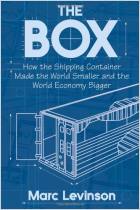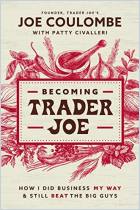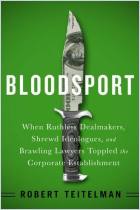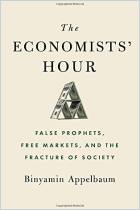Economist and historian Marc Levinson documents how New York’s Hartford family turned a mid-19th century tea shop into the $1 billion Great Atlantic & Pacific Tea Company (A&P), changed US retailing, invented chain marketing and – then – ultimately let A&P wither and die. Levinson’s well-researched, detailed account explores how the Hartfords’ innovative marketing strategies sparked a national revolt against chain stores. getAbstract suggests his opus to students of economics and marketing, especially those young enough to have never shopped in an A&P.
George Gilman and the Hartford Family
Around 1860, George Francis Gilman opened a New York City tea shop, working with George Huntington Hartford. They formed a secret partnership and, by 1863, the Great American Tea Company had five retail shops and launched large-scale advertising, which was rare at the time. Gilman’s glitzy marketing strategies, abetted by Hartford’s solid retail skills, helped the firm expand rapidly. Within days of Chicago’s massive 1871 fire, they opened a store there and launched others in 16 more cities by 1875. After Gilman retired in 1877, his until-then secret partner Hartford gained control of their two firms, Great American and the Great A&P, which by then had 70 shops. The bank account stayed in Gilman’s name, however, and he retained half ownership. When he died in 1901, childless and intestate, he left his family and other heirs to fight over his $40 million estate. In 1903, when Hartford became president and practically sole owner, he prepared his sons – George L. Hartford, the numbers man who had joined the company at age 14, and John Hartford, the “opportunities” man – to succeed him. Both worked for the firm their entire lives and...

























Comment on this summary or Start Discussion